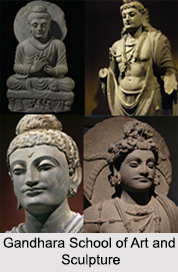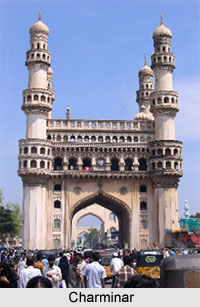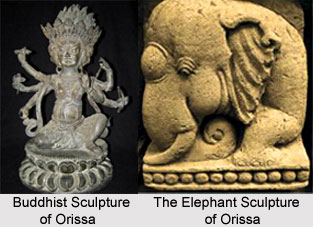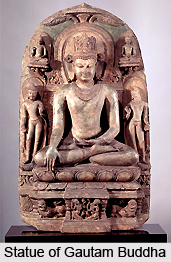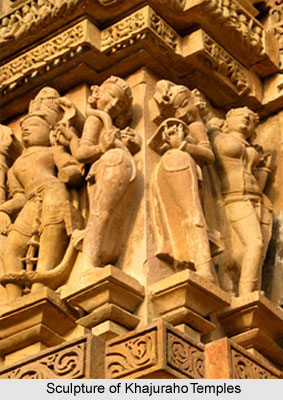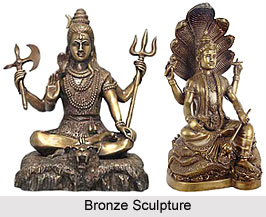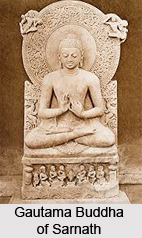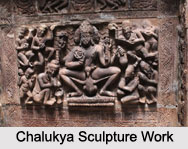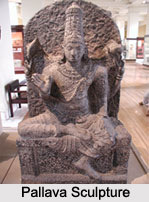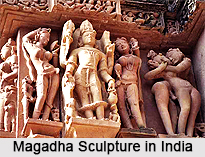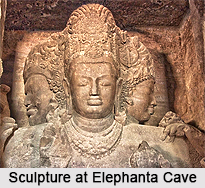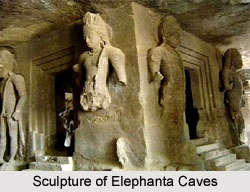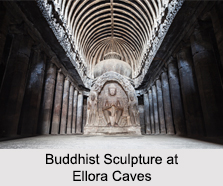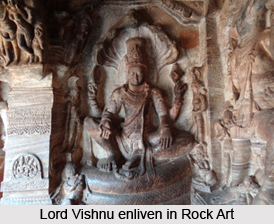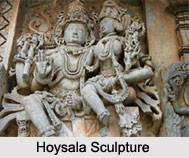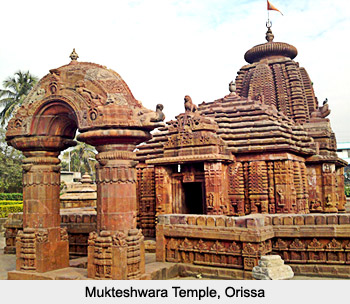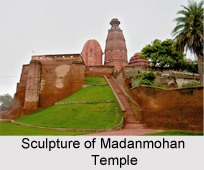 Sculptures are one of the finest arts of India that involves modelling and carving out structures with stones, ceramics, metals or wood. However, stone sculptures are far more long lasting than the sculptures of any other materials. The origin of this art can be traced to the time of Indus Valley Civilisation. The archaeological researches have furnished numerous evidences of exquisite sculptures. A plethora of temples and caves still stand intact, exhibiting numerous examples of Sculpture of Eastern India. Huge variety, intricate and explicit carvings and charming patterns and structures are the most alluring features of these sculptures. Sculpture of Eastern India holds immense historical as well as cultural significance.
Sculptures are one of the finest arts of India that involves modelling and carving out structures with stones, ceramics, metals or wood. However, stone sculptures are far more long lasting than the sculptures of any other materials. The origin of this art can be traced to the time of Indus Valley Civilisation. The archaeological researches have furnished numerous evidences of exquisite sculptures. A plethora of temples and caves still stand intact, exhibiting numerous examples of Sculpture of Eastern India. Huge variety, intricate and explicit carvings and charming patterns and structures are the most alluring features of these sculptures. Sculpture of Eastern India holds immense historical as well as cultural significance.
Sculpture of West Bengal
West Bengal, since ages, has been one of most admired centres of art. Sculpture work in this state flourished between 9th and 12th centuries. A number of temples built during this time period were adorned with magnificent sculptures. Beautiful figures had been carved out terracotta relief, bricks and bamboo frameworks. The sculptures of this state represented different types of arts ranging from folk arts to lavish royal embellishments. Mythological figures and scenarios associated with Hinduism, Jainism and Buddhism were the central themes of these sculptures. The most prominent sculpture of this state had been the Pala -Sena sculptures which were carved out of varied black stones. Human figures were the main focus of this art and artists used to put a great emphasis on facial expressions. Adept sculptors focussed mainly on the precision of carvings. Temples of Bishnupur, Hangseshwari temple, Madanmohan Temple, Krishna Chandra Mandir are the best testaments of sculptures of West Bengal.
Sculpture of Bihar
The art of making sculptures had been also identified in the state of Bihar since ancient times. The first evidences of sculpturing in this state dates back to Mauryan Empire. Charming figures made of stone and bronze had been furnished in various archaeological excavations. The most prominent examples of sculptures of Bihar can be found in Didarganj Yakshi and Pillars of Ashoka which have been estimated to be 2000 years old. Most attractive feature of these sculptures is that they had been carved out of a single stone. Sculpture of Bihar represents a variety of art forms ranging from Hellenistic Gods to different Gandharan lay devotees. Researches have also suggested that before the advent of the Kushans this fine form of art had already been highly developed.
Sculpture of Orissa
Magnificent examples of sculpture work can be witnessed in the temples of Orissa. Religious and mythological scenes span a major portion of sculpture work in this state. Apart from this, depiction of country and military life, Bodhisattvas and Avalokitesvara in the form of stupas, monasteries and Buddha images. Sculptural art focussed on Buddhism mostly developed in this state from 261 BC to 12th Century AD during the reign of Emperor Ashoka. Sculptures related to different religious sects of Orissa including Vaishnavism, Shaivism and Shaktism (depiction of Goddess Durga in various forms) had also been carved in this period. The temple sculptures of this region were categorized as decorative patterns and cult images and explicit manifestation of these forms can still be found in the plethora of temples. Famous temples exhibiting mesmerizing sculptures enlist Rajarani temple, Mukteswara temple, Konark temple and many more.
Sculpture of Jharkhand
Sculptures of Jharkhand have also been identified as enchanting manifestations of skilled artistry. 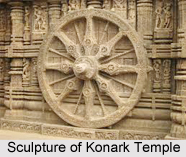 The antiqueness of this art can be inferred from the fact that Buddhist stupas, carved out of stone, of this region belong to 9th century. An interesting artefact of sculpture art of Jharkhand include `megalithic` which refers to the structures composed of large stones assembled with interlocking systems without the use of any mortar or cement. The evidences state that these structures belong to mainly Neolithic age and continued up to Chalcolithic and Bronze Age.
The antiqueness of this art can be inferred from the fact that Buddhist stupas, carved out of stone, of this region belong to 9th century. An interesting artefact of sculpture art of Jharkhand include `megalithic` which refers to the structures composed of large stones assembled with interlocking systems without the use of any mortar or cement. The evidences state that these structures belong to mainly Neolithic age and continued up to Chalcolithic and Bronze Age.
History of India states that sculptures, since ancient times, have played a central role in religious rituals and traditions. Different cultures of India have embraced this art to form some spectacular icons and structures through sculpturing. Since pre historic age the practice of making sculptures has been prevalent in eastern India and tremendous variety of sculptures has been found amongst the historical artefacts. This age old legacy has been efficiently carried through generations to the contemporary age and it still forms a significant part of modern age art. Sculpture of Eastern India has undergone major evolution and huge diversity has originated in this art over time. Admiration and popularity of this art revolves around the whole world and attracts a number of tourists to witness these spectacular specimens of art.




